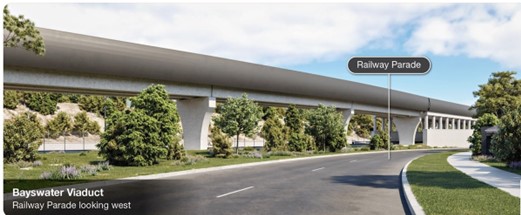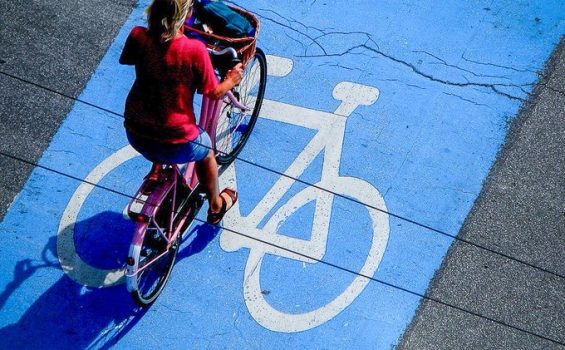
Perth’s new urban ugliness
23 December 2022
This is an article that was published in The West a couple of months ago.
It is unfortunately still timely:
A new wave of urban ugliness is set to redefine the face of Perth.
It seems Perth has gotten trapped in a 1960s time warp of road and rail planning and is set to spend billions on, ironically, making our city less attractive.
This new urban ugliness is exemplified in the massive new road projects rolling out across the state: huge roads– often with even bigger roundabouts – encased by giant concrete sound walls. The government should really get shares in a concrete company they use so much of it.
This new urban ugliness is on show in the “final concept designs” of the new Fremantle traffic bridge. One of WA’s oldest and longest wooden bridges, one that is on the state heritage list, is likely to be replaced by a concrete structure straight out of the Mainroads “book of standard design” from the 1960s. Dull would be a polite description.

But the new bridge will likely be more attractive than the raised concrete railway viaducts planned for stretches of the Ellenbrook and Armadale train lines. While the airport line tastefully put its infrastructure underground, new Metronet projects are in danger of creating a trail of urban blight through the suburbs.

This urban ugliness is only going to get worse. Main Roads is planning to take urban blight to a new level as it pushes for a series of multi-level road trenches cutting through the heart of some of our most vibrant suburbs.
Last week they released a planning study for Charles Street that will see the road widened and “duck and dive” road trenches installed along its length at a likely cost of over $1 billion.
Main Roads describe this solution as “innovative and elegant”, but it’s more 1960s LA freeway off-ramp than either of those things.
This proposal is in addition to the state government’s previously released “duck and dive” plans for West Coast Drive in Scarborough and Orrong Road in Belmont. Further road trenches are also in planning for Canning Highway in Applecross.
Not only is this Main Roads vision contrary to what the WA Planning Commission has defined for Perth, but it is also contrary to what local governments in these areas have been asking for: investment in mid-tier transit. Light rail or trackless trams – not just bigger roads – would be far more “innovative and elegant” infrastructure investment. Perth needs to give people more compelling options to get out of their cars.
This horrifically ugly road planning has been shunned – and even undone – in many of the world, yet it is making a weird revival in Perth.
Almost all of these government-funded infrastructure projects are about moving cars and trucks as quickly and efficiently as possible. Even the “public transport” projects have 90% of the benefits flowing to car users. They are rarely about making better places and spaces for people to walk and enjoy.
At a time when the world’s best cities are moving to fine-grain, human-scale planning, Perth is doubling down on “cars first” infrastructure design from half a century ago. Infrastructure that enables even more sprawl in what is already one of the world’s longest cities.
At the heart of the problem is that WA needs to stop letting Main Roads be the primary planner and designer of urban infrastructure projects. For Main Roads, almost every problem can be solved with a bigger road.
The McGowan Government’s built-form legacy is in danger of being little more than wide roads, brutal concrete structures, and huge sound walls.
But right now, WA has a choice. We can continue to deliver more of this urban ugliness, along with its associated automobile dependence and urban sprawl, or we can join the world’s best cities and invest in infrastructure that emphasizes place-making and better active and public transport choices.
Given no city has ever solved congestion with bigger roads, I suggest it is time we did the latter.



Discussion